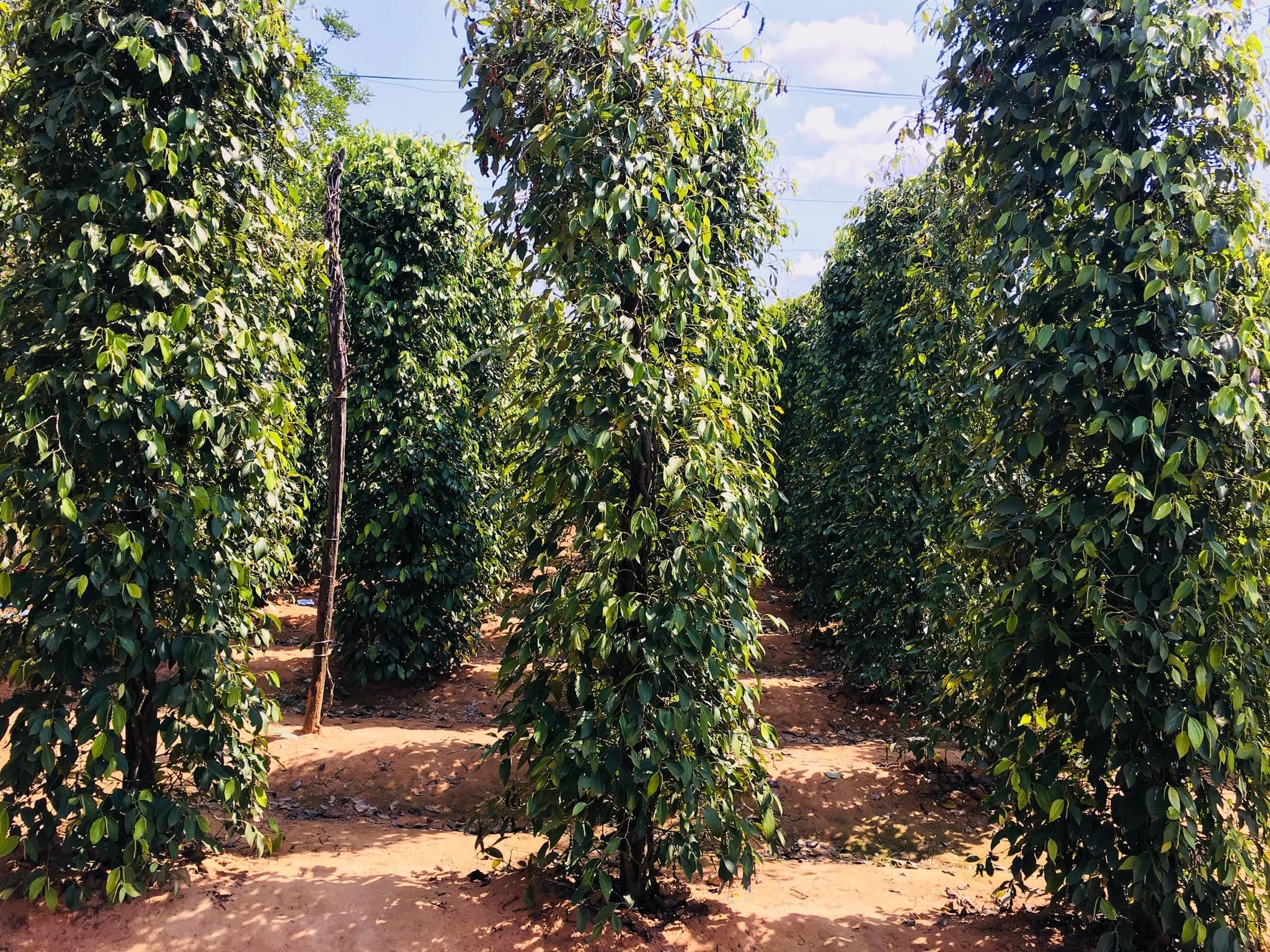
Microorganisms deep underground can be fed by earthquakes - Photo: CDC
According to research published on August 7 in the journal Science Advances , earthquakes create cracks in the Earth's crust, which in turn produce hydrogen and oxidants - two essential energy sources that feed microorganisms deep below.
The study was led by Professor He Hongping and Professor Zhu Jianxi of the Guangzhou Institute of Geochemistry, Chinese Academy of Sciences .
Scientists previously thought that the deep underground region could not sustain life due to the lack of light and organic matter. However, recent discoveries have shown that a large and active biosphere exists there, where microorganisms harness energy from oxidation-reduction reactions between water and rock.
In this study, the team simulated geological fault activity and found that free radicals generated when rocks break can decompose water molecules, producing hydrogen (H₂) and oxidants such as hydrogen peroxide (H₂O₂).
These substances form a characteristic oxidation-reduction "gradient" in the cracks, and at the same time react with iron in groundwater and rocks, changing the oxidation state of iron - from Fe²⁺ to Fe³⁺ or vice versa, depending on environmental conditions.
Notably, in cracks containing many microorganisms, the amount of hydrogen produced by fracturing activity can be 100,000 times higher than known hydrogen-producing mechanisms such as serpentine transformation or radioactive decay.
This process not only promotes the oxidation-reduction cycle of iron, but also affects other geochemical elements such as carbon, nitrogen and sulfur, thereby maintaining the metabolism of underground microorganisms.
Researchers believe that this mechanism could exist on planets with similar structures to Earth, opening up the possibility of sustaining life in space without sunlight. This is considered a new direction in the journey to find life in the universe.
Source: https://tuoitre.vn/he-lo-bat-ngo-tu-hau-qua-dong-dat-hy-vong-tim-su-song-ngoai-khong-gian-20250809065652668.htm































![[Photo] An Phu intersection project connecting Ho Chi Minh City-Long Thanh-Dau Giay expressway behind schedule](https://vstatic.vietnam.vn/vietnam/resource/IMAGE/2025/8/21/1ad80e9dd8944150bb72e6c49ecc7e08)































![[Photo] Politburo works with the Standing Committee of Hanoi Party Committee and Ho Chi Minh City Party Committee](https://vstatic.vietnam.vn/vietnam/resource/IMAGE/2025/8/21/4f3460337a6045e7847d50d38704355d)

































Comment (0)